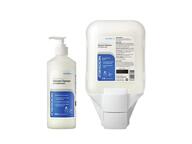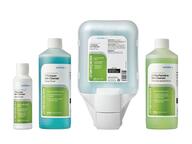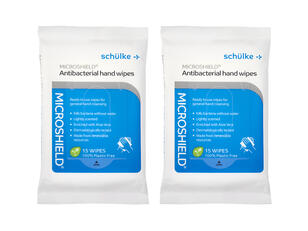Hand hygiene
From what we know today, our hands represent the greatest risk for the transmission of disease-causing germs (pathogens). The World Health Organisation (WHO) considers the hands to be major source for the spread of hospital acquired infections, also referred to as nosocomial infections. So great is the burden of hospital acquired infections on the patient and the health care system, that the WHO Guidelines on Hand Hygiene in Health Care in 2009 was published, and more than a decade later these guidelines are widely referenced and have been adopted into countless infection prevention protocols, recommendations and practice worldwide.
Hand hygiene is the practice of cleaning one's hands to prevent the spread of germs, bacteria, and viruses. It is an essential and effective measure in reducing the transmission of infectious diseases, including respiratory infections, gastrointestinal illnesses, and other common infections.
Hand hygiene typically involves two main methods: handwashing with soap and water and using hand sanitisers or hand rubs.
Proper hand hygiene is crucial in various settings, including healthcare facilities, food preparation areas, public spaces, and everyday life. It helps to remove dirt, germs, and potential pathogens from the hands, preventing their transmission to oneself or others, which is especially critical in the hospital setting.

























